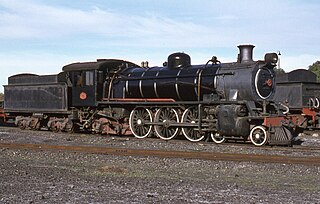The South African type ZB tender was a steam locomotive tender from the pre-Union era in the Cape of Good Hope.

The South African type ZA tender was a steam locomotive tender from the pre-Union era in the Cape of Good Hope.

The South African type ZE tender was a steam locomotive tender.

The South African type YB tender was a steam locomotive tender from the pre-Union era in the Cape of Good Hope.

The South African type YE tender was a steam locomotive tender from the pre-Union era in the Cape of Good Hope.

The South African type YE1 tender was a steam locomotive tender from the pre-Union era in the Cape of Good Hope.
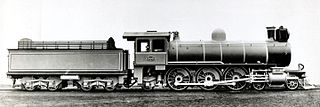
The South African type XM3 tender was a steam locomotive tender from the pre-Union era in the Transvaal.
The South African type XM2 tender was a steam locomotive tender from the pre-Union era in Transvaal.
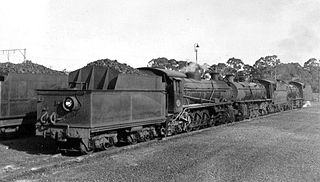
The South African type XP1 tender was a steam locomotive tender.
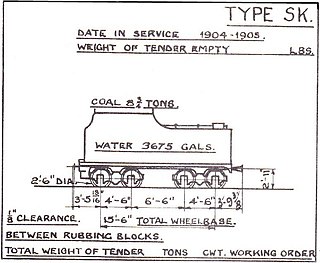
The South African type SK tender was a steam locomotive tender.
The South African type XC tender was a steam locomotive tender from the pre-Union era in Transvaal.
The South African type XJ tender was a steam locomotive tender.
The South African type XS tender was a steam locomotive tender from the pre-Union era in Transvaal.

The South African type XM4 tender was a steam locomotive tender.
The South African type LP tender was a steam locomotive tender.
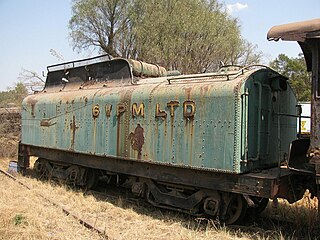
The South African type GT tender was a steam locomotive tender.
The South African type MS tender was a steam locomotive tender.
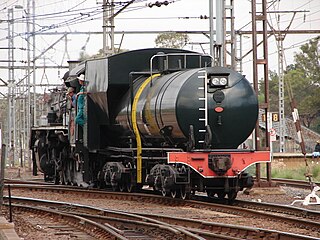
The South African type MX tender was a steam locomotive tender.
The South African type ET1 tender was a steam locomotive tender.
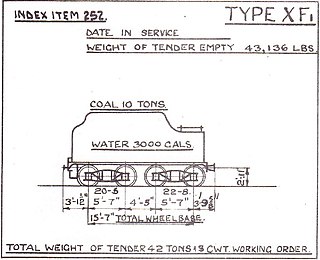
The South African type XF1 tender was a steam locomotive tender.




